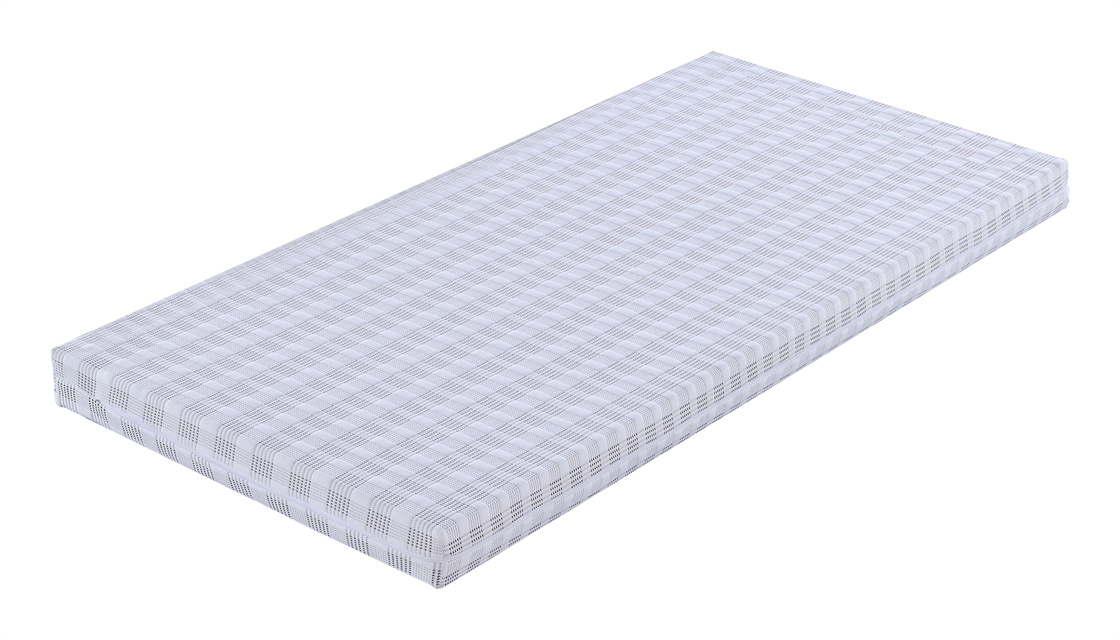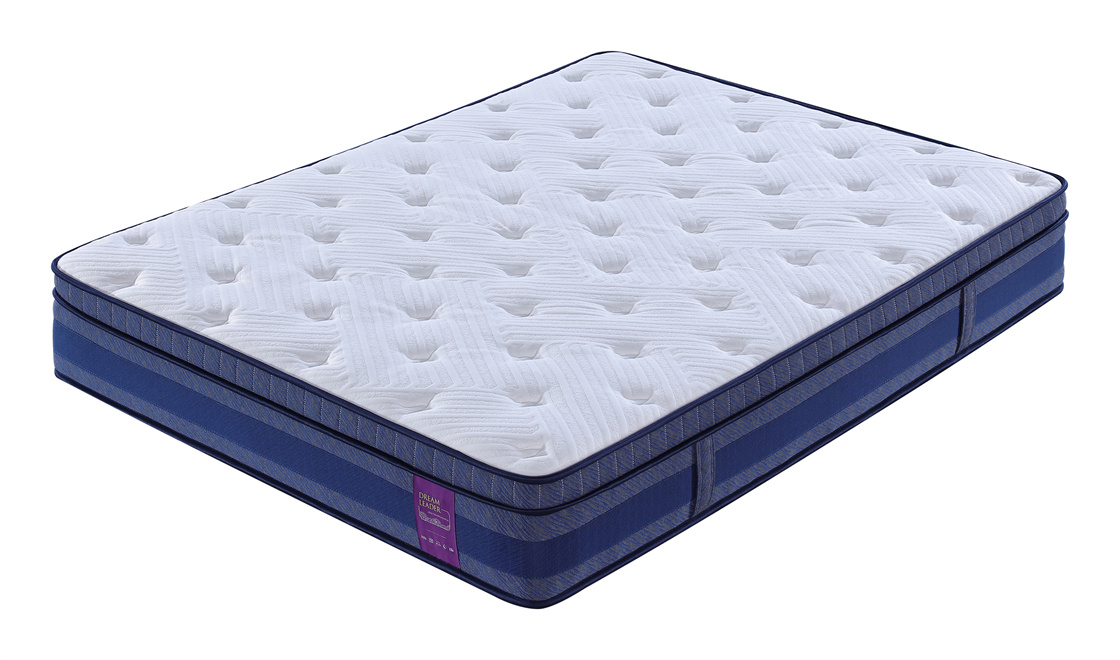Memory foam mattresses are renowned for their comfort and body-conforming features, but when it comes to purchasing a new mattress, longevity is a key factor. It's not just about the initial comfort; it's also about how that comfort is sustained over time. In this guide, we'll dive into the expected lifespan of memory foam mattresses, factors that contribute to their longevity, and tips on how to maintain them. This way, you can make an informed decision on whether a memory foam mattress is a worthwhile investment for your sleep quality and overall well-being.
The Lifespan of Memory Foam Mattresses
The typical lifespan of a memory foam mattress ranges from 7 to 10 years, but this is not a fixed standard. The longevity of your mattress can be influenced by a multitude of factors, including but not limited to the density of the foam, the quality of construction, how often it's used, and the user's body weight and sleeping habits.
One of the most significant factors that affect the lifespan of a memory foam mattress is its quality. Memory foam mattresses of higher grade are built of denser foam that is more durable and resistant to wear and tear. Cheaper memory foam mattresses, on the other hand, are often made from lower-density foam that may break down more quickly, leading to a shorter lifespan.
Another factor that can impact the lifespan of a memory foam mattress is the frequency of use. A mattress that is used every night will experience more wear and tear than one that is only used occasionally. Additionally, heavier individuals may find that their mattresses wear out more quickly due to increased pressure on the foam.

Caring for Your Memory Foam Mattress
Maximizing the lifespan of your memory foam mattress is achievable with proper care. Here are essential tips to help you maintain the quality and comfort of your mattress over the years:
Rotate Regularly: While memory foam mattresses typically do not require flipping, rotating them 180 degrees every six months can help prevent uneven wear.
Use a Mattress Protector: A good quality mattress protector can safeguard against spills, stains, and other accidents that might compromise the integrity of your memory foam.
Proper Foundation: Ensure that your memory foam mattress is supported by a solid foundation or bed frame to prevent sagging over time.
Avoid Bending or Folding: Memory foam mattresses are not designed to be bent or folded after they have been fully expanded, as this can cause damage to the foam.
Clean Spills Immediately: In case of any spills, clean them up promptly with a damp cloth and a mild detergent, making sure the mattress is completely dry before redressing it.
By following these care instructions, you can extend the lifespan of your memory foam mattress and enjoy restful sleep for years to come.
Factors That Influence Memory Foam Mattress Lifespan
There are many factors that influence memory foam mattress lifespan, including the quality of materials, frequency of use, body weight, maintenance and care, and sleeping position.
Quality of Materials
As you all know, the quality of materials used in a memory foam mattress can significantly impact its lifespan. Higher-quality materials, such as higher-density foam and more durable support layers, will often survive longer than lower-quality, cheaper ones.
Frequency of Use
The more you use your memory foam mattress, the faster it will wear down. If you sleep on your mattress every night, it will likely wear out more quickly than if you only use it occasionally.

Hotel Memory Mattress Topper Suppliers
Body Weight
The weight of the sleeper can also affect the lifespan of a memory foam mattress. Heavier individuals will exert more pressure on the foam, which can cause it to break down more quickly.
Maintenance and Care
Proper maintenance and care can help a memory foam mattress last longer. Regular rotation of your mattress is crucial to even out wear and tear while using a mattress protector plays an essential role in shielding the foam from stains and spills.

Hotel Memory Foam Mattress Price
Sleeping Position
Your sleeping position can also impact the lifespan of your memory foam mattress. If you sleep in the same position all night, such as on your back, this might result in additional pressure points on the foam in specific regions, resulting in increased wear and tear.
Conclusion
While memory foam mattresses are capable of delivering years of excellent comfort and support, it's crucial to understand that their lifespan is not indefinite and will be affected by various factors. Selecting a mattress made with high-quality materials and adhering to proper care guidelines are the best ways to ensure that you get the most out of your investment.
DREAMLEADER is one of the trusted suppliers of mattresses in China, offering a wide range of mattresses including the memory foam mattress, queen size bedroom mattress, queen pocket spring mattress, and more. If you're considering an upgrade for your sleep experience, we invite you to explore the comfort and quality of our memory foam mattresses at DREAMLEADER. Discover the difference a premium mattress can make in your life.
FAQs
Q1: How often should you rotate your memory foam mattress?
A1: You should rotate your memory foam mattress 180 degrees every six months to ensure even wear and prolong its lifespan.
Q2: Is it necessary to flip a memory foam mattress?
A2: No, flipping is generally not recommended for memory foam mattresses as they have a specific top layer for sleeping and a supportive base that should not be used for sleeping.
Q3: Can you turn a pocket sprung mattress with memory foam?
A3: Pocket sprung mattresses with a memory foam layer are usually designed to be one-sided, so rotation is suggested rather than flipping. Always check the manufacturer's guidelines.
Q4: What is the expected lifespan of a high-quality memory foam mattress?
A4: While the average lifespan of a high-quality memory foam mattress is often quoted as 8 to 10 years, it's not uncommon for them to last up to 15 years with meticulous care and ideal conditions.
Q5: What are the signs that it's time to replace your memory foam mattress?
A5: It's time to replace your memory foam mattress if you notice significant sagging, lumps, or a decrease in comfort and support.
 0086-13702825101
0086-13702825101  dreamleader@dreamleader.com
dreamleader@dreamleader.com  search
search




.jpg)